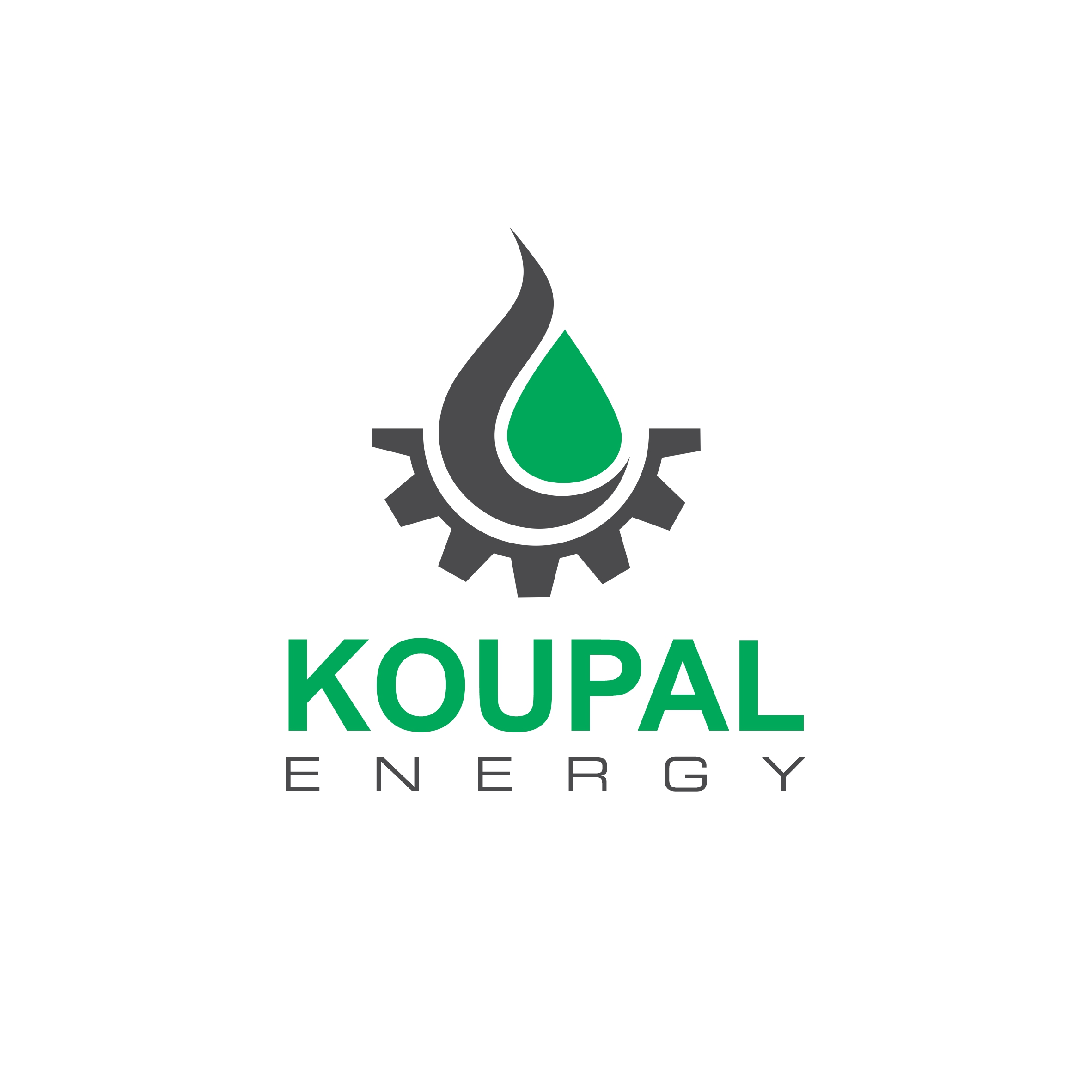Speaker
Description
Underground storage of carbon dioxide is one way to reduce the negative effects of greenhouse gas emissions on global climate change. This method was agreed upon as one of the basic solutions to limit global temperature rise to less than 2 degrees Celsius by the end of the 21st century at the UN Convention in December 2015. It is also a strategic method that, on the one hand, enables the continuation of the work of manufacturing plants and Clean Air Control, and on the other hand, helps to establish and maintain the international position of the oil industry and the continuation of oil production, particularly from low-yield reservoirs. Therefore, underground CO2 storage is not only justifiable but also requires development.
In this paper, the aim is to evaluate the mechanism of absorption and storage of carbon dioxide gas in underground saltwater reservoirs. This mechanism involves the injection of carbon dioxide gas into a reservoir with a saltwater reservoir in which the carbon dioxide gas is mixed with water and remains in the reservoir as a solvent or in an impregnated form. In this project, we simulated 900 different repositories using the Eclipse 300 simulator software, and using the data obtained from the simulation in this software, we trained the artificial intelligence network built using the algorithm (CNN). The network is built using 65,000 parameters for training with a learning rate of 0.1 and has an accuracy of R2=0.98. We designed the grid in such a way that 3 parameters—porosity, permeability, and location of the water production well in the reservoir—are predicted in the form of a gray photo, and the rate of injection of carbon dioxide gas and the rate of water production are input as numerical parameters to the grid, resulting in the final storage of carbon dioxide gas.
| Student presentation contest | Opt in |
|---|---|
| Student Poster Contest | Opt In |
| Journal Submission | Consider for Journal Submission |




